
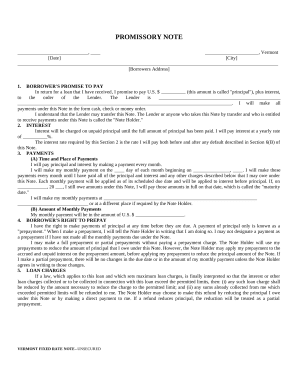
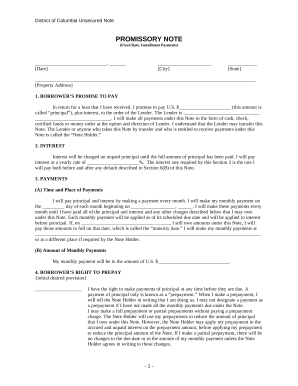

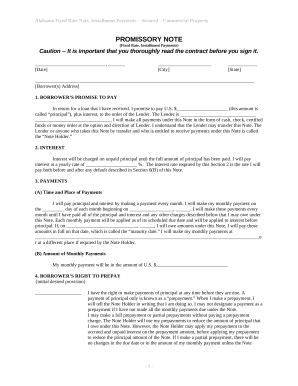
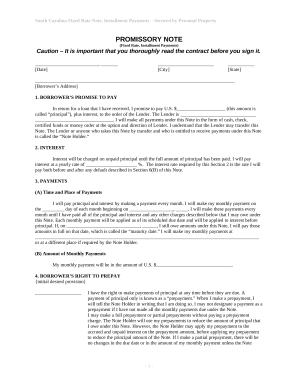
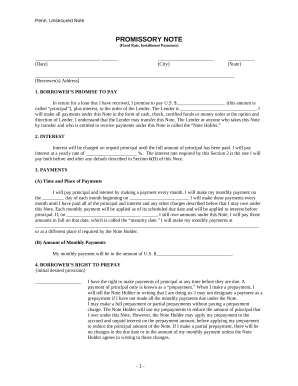
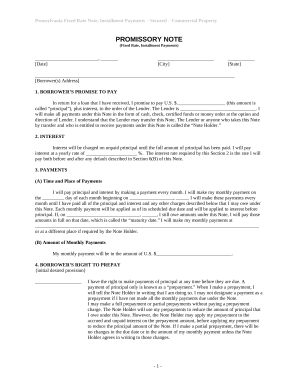

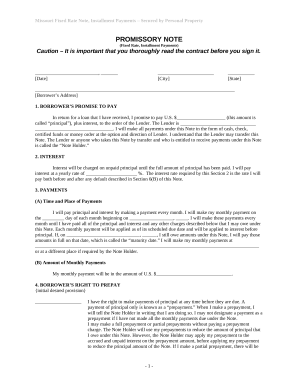
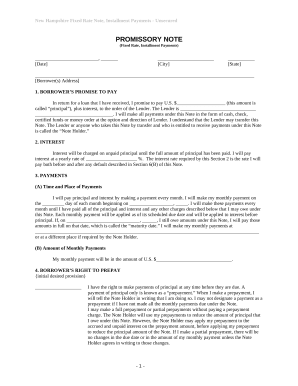
Accelerate your document administration with the Fixed Rate Notes library with ready-made document templates that meet your needs. Get the form template, modify it, fill it, and share it with your contributors without breaking a sweat. Begin working more efficiently with your forms.
How to use our Fixed Rate Notes:
Examine all of the opportunities for your online file administration with the Fixed Rate Notes. Get your totally free DocHub profile right now!